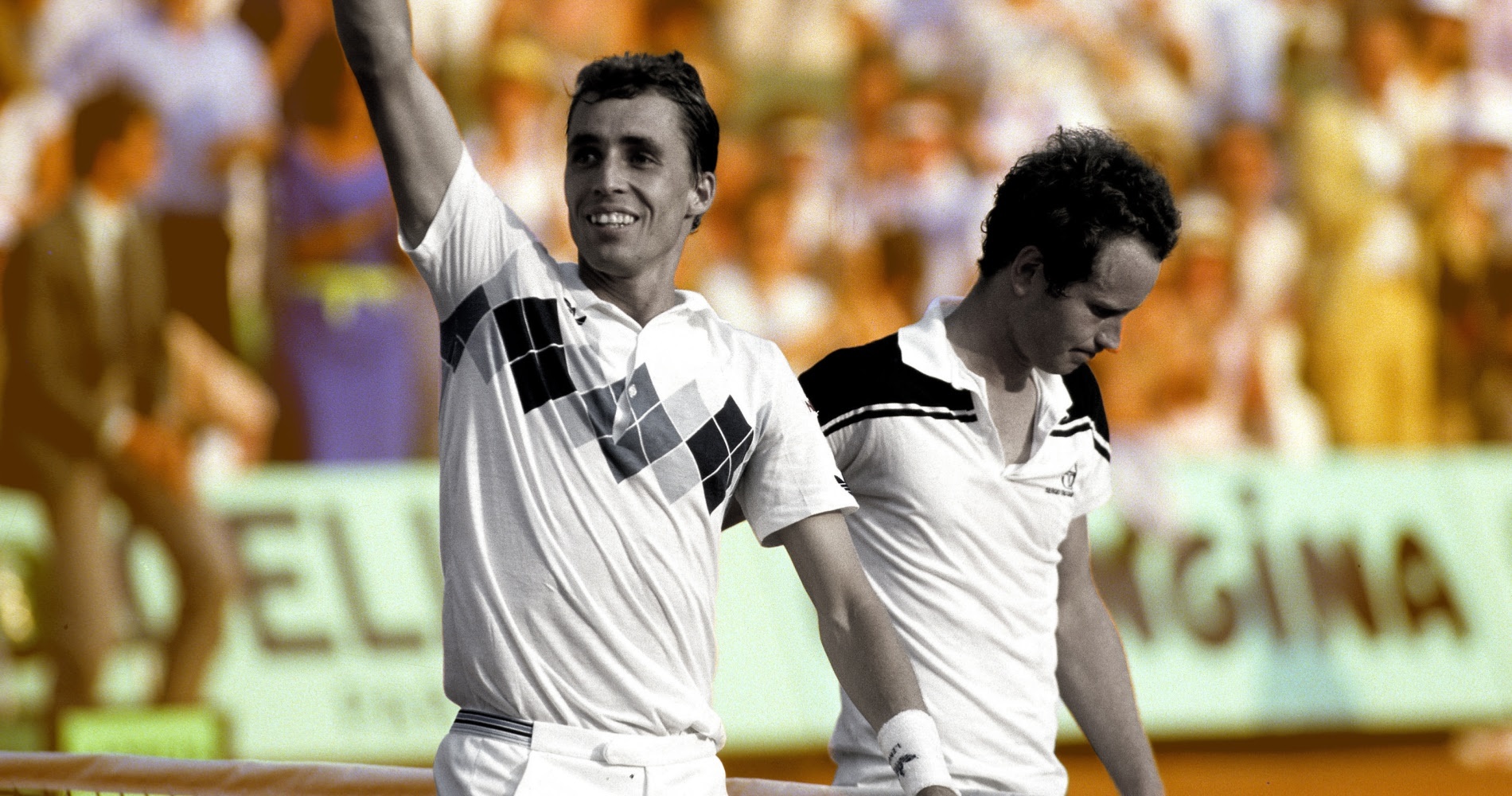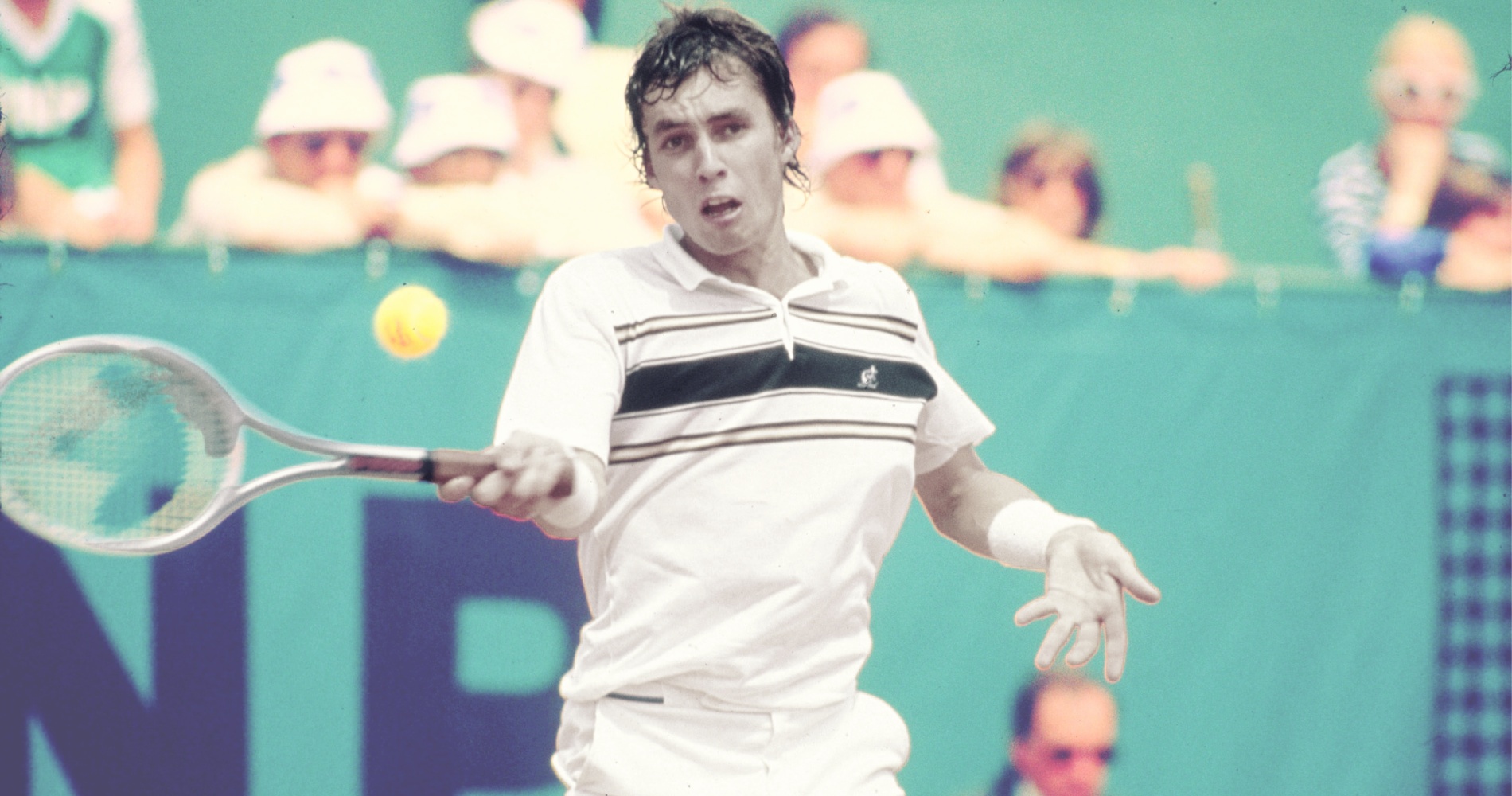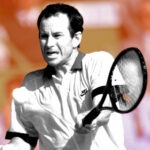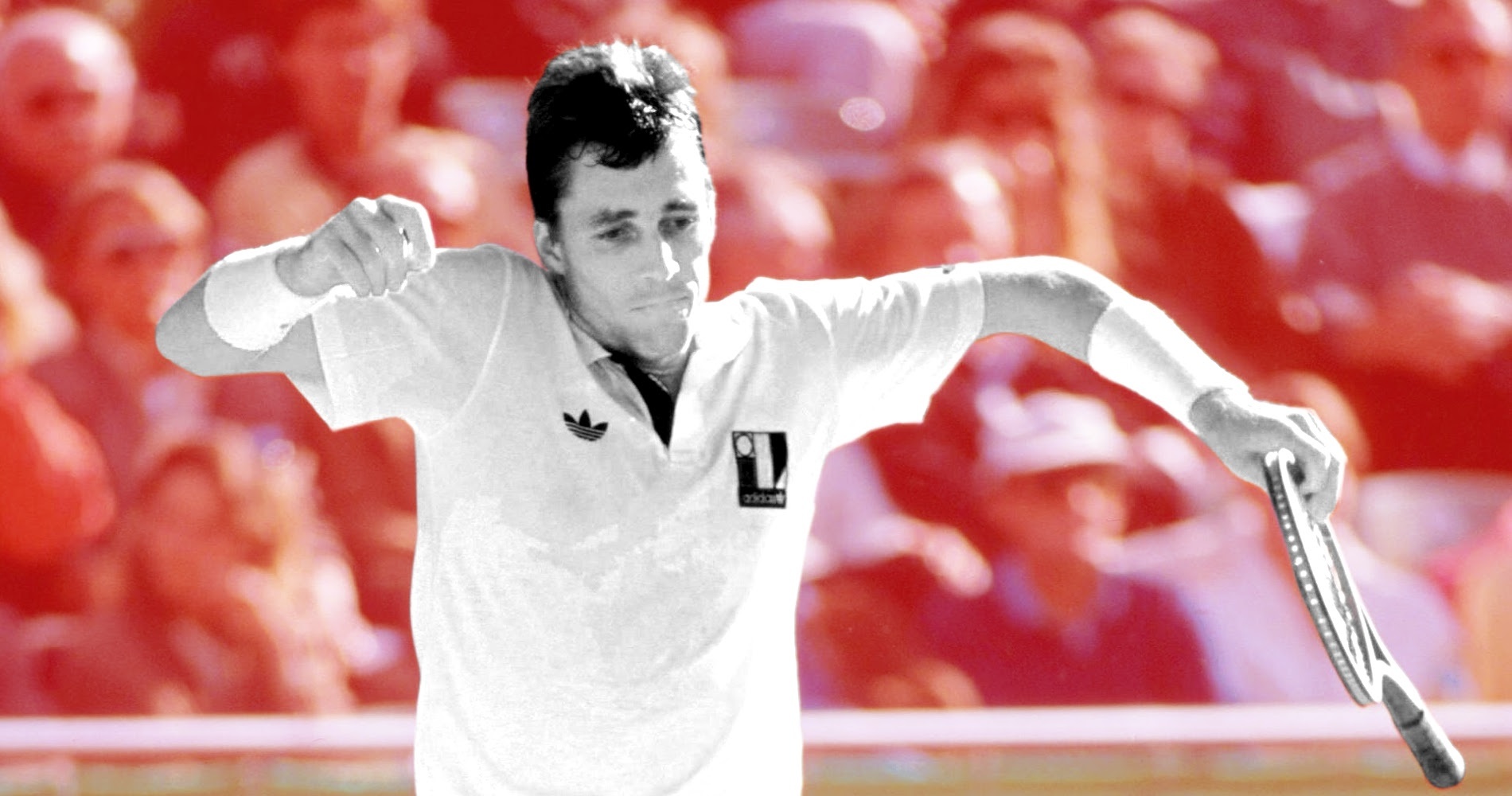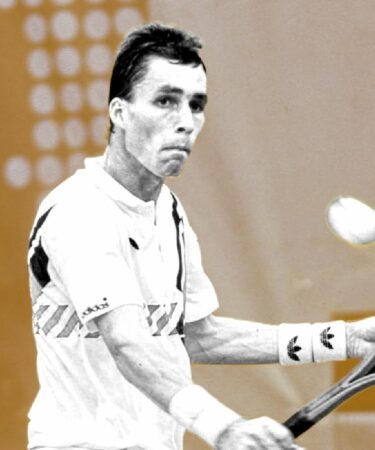February 28, 1983: The day Ivan Lendl became world No 1 for the first time
On 28 February 1983, Ivan Lendl became world No 1 for the first time in his career
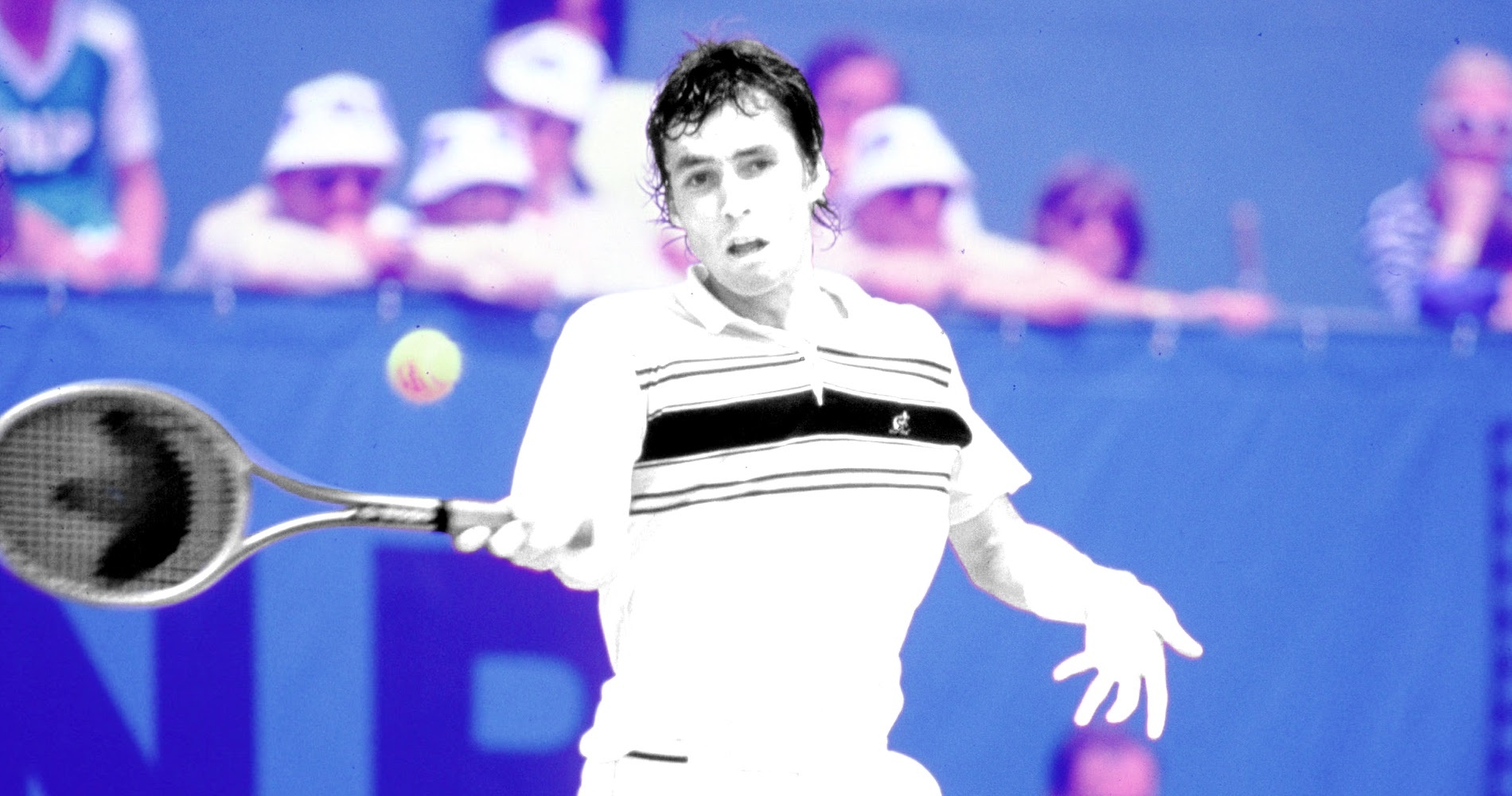 Ivan Lendl, On this day 28.02.2021
Ivan Lendl, On this day 28.02.2021
What happened exactly on that day: Lendl is the new boss
On this day, February 28, 1983, Ivan Lendl, from Czechoslovakia, reached world No 1 for the first time. Despite his amazing results in 1982 and early 1983, which included two Masters Cup titles and 14 other tournaments won, the fact that he hadn’t been able to claim a Grand Slam title yet made it hard for the tennis world to really consider him as the No 1 at the time.
The player involved: Lendl, the physical challenge
Born in 1960, Ivan Lendl set new standards in the baseline game, with a very powerful topspin forehand that allowed him to play aggressively while staying extremely consistent, pushing his opponents into a very tough physical challenge. He also set new standards in work ethics, practicing more than anyone before, paying attention to his fitness and to his diet in a way which tennis players were not used to.
After turning professional in 1978, he stood as one of the four best players in the world since 1980, along with Bjorn Borg, John McEnroe and Jimmy Connors. Although he had won already 33 ATP tournaments, including the Grand Prix Masters in 1981 (defeating Vitas Gerulaitis, 6-7, 2-6, 7-6, 6-2, 6-4) and 1982 (defeating John McEnroe, 6-4, 6-4, 6-2) he had never claimed a Grand Slam title.
In fact, he had been defeated twice already in Grand Slam finals, once in Roland-Garros (in 1981, defeated by Bjorn Borg, 6-1, 4-6, 6-2, 3-6, 6-1), and once at the 1982 US Open (beaten by Jimmy Connors, 6-3, 6-2, 4-6, 6-4).
The facts: No Grand Slam title but the world No 1 spot
At the beginning of 1983, Ivan Lendl, although he still hadn’t won a Grand Slam tournament, was one of the most successful players on the Tour. In the past 12 months, he had won no less than 15 tournaments, including the 1982 Masters Cup, held in January 1983 in New York, where he had defeated John McEnroe in the final (6-4, 6-4, 6-2).
At the US Open, he had also finished runner-up to Jimmy Connors, the man who called him “chicken” in the past. With all these results, he was getting closer and closer to the two American left-handers, who had been alternately sitting on the top spot in the second half of 1982.
On February 28, 1983, Lendl became world No 1. He was the first player to ever reach that spot without having ever won a Grand Slam, which created a bit of controversy at the time. Some experts considered him a “weak” No 1 because of this gap in his list of achievements, but the majority of the pundits praised his consistency and had little doubt that the 22-year old was going to become a multiple Grand Slam champion.
On top of that, he had won the Masters Cp twice, which, at the time, was a more important event than the Australian Open, but he also led 7-2 in his confrontations with McEnroe (although he was down 2-9 against Connors). In other words, Lendl was dominant enough on a week-to-week basis, but he needed at least one Grand Slam to establish his domination on the Tour.
What happened next?
Ivan Lendl would remain world No 1 for 11 weeks, before Connors reclaimed the top spot. The Czech would spend one more week as world No 1 in 1983. In 1984, Lendl would finally triumph at Roland-Garros, defeating John McEnroe in an epic final where he would come back from two sets down to lift his first Grand Slam trophy (3-6, 2-6, 6-4, 7-5, 7-5), spending 14 more weeks as world No 1.
He would then extend his domination on the tour, claiming 8 Grand Slam titles, remaining on top of the ATP rankings for 157 consecutive weeks, missing Connors’ record of 160 by only three weeks. In total, the Czech would spend 270 weeks as world No 1, a record at the time.
